long time, no update.
it's been a LONG time w/o updating. so instead of actually doing it, i'm procrastinating by putting up my Common App essay that i'm really proud of (that's right, i'm pulling a picus) i meant to post it anyway, so i guess it's not total procrastination?
Prompt: Evaluate a significant experience, achievement, risk you have taken, or ethical dilemma you have faced and its impact on you.
“If you’ve seen one, you’ve seen them all.” This saying felt so true to our tour group by the end of our weeklong visit to Holocaust sites in Poland that it was an unspoken group motto.
As part of a larger trip that brought Jewish teenagers through Poland before spending five weeks in Israel, we believed by the end of a week of visiting horrific places such as Auschwitz, the Warsaw Ghetto, and Maidanik that we had seen everything there was to see about the Holocaust. We used humor as our weapon to push back the immense grief and sadness that we encountered every day. Yet it was during a visit to the last extermination camp, Treblinka, that an incident occurred that dispelled my arrogance and became one of the most meaningful experiences of the entire six-week trip.
Treblinka held no places for labor or punishment, only chambers for death and fire pits for cremation of bodies. From 1942 until 1944, around 800,000 human beings deemed undesirable by the Nazis were brought to Treblinka’s wooded seclusion, gassed to death, and their bodies cremated. Yet a visitor to this camp immediately following the war’s end would have seen nothing more than a long row of concrete blocks leading up to a grassy field.
Walking alongside concrete blocks that held train tracks, we approached the former site of the camp.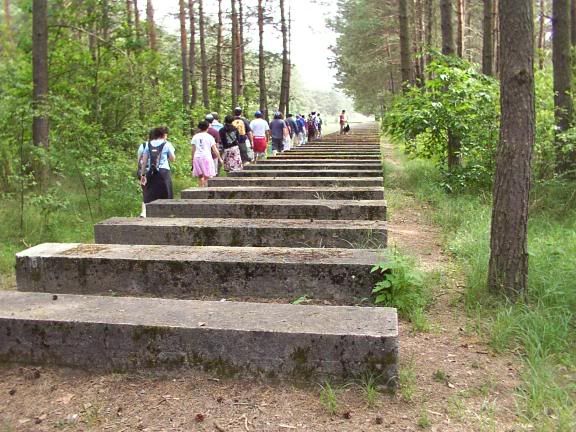
The closer we got, the more we saw and the more we were stunned.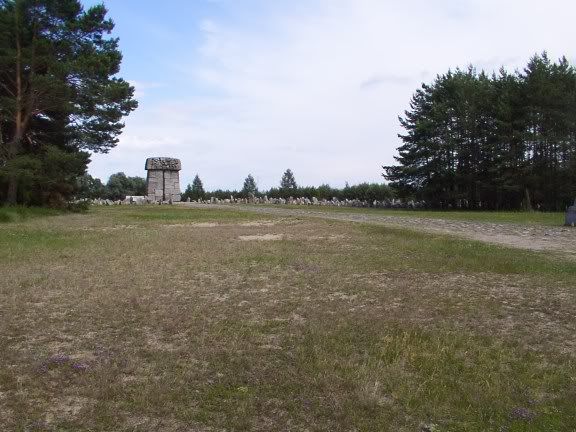
Sprouting out of the ground for acres all around were 17,000 stones: large and small, multi-colored and monochrome, standing alongside others
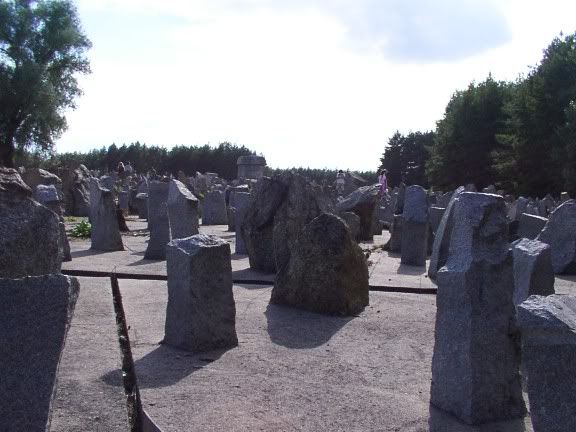
and standing alone.
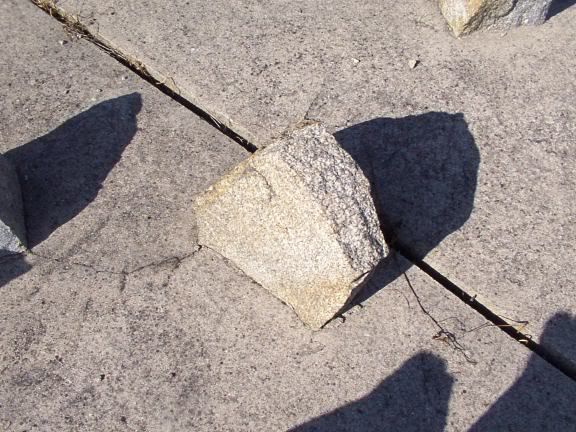
When our guide told us that each single stone represented a community destroyed on the very ground on which we were walking, the sorrow of the place was palpable to us.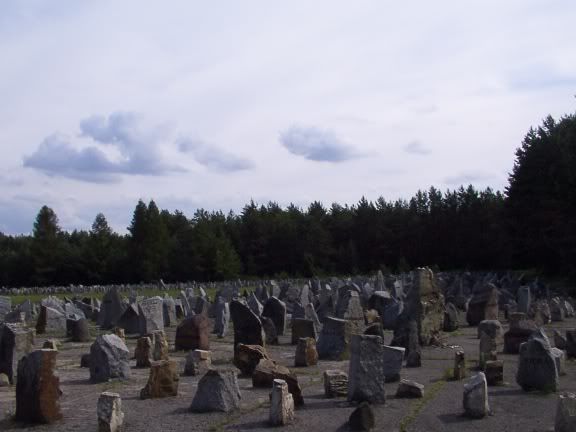
The contrast between the cold and sadness of the memorial and a delicate creature I saw there brought me to understand a lesson of rebirth and renewal. As I walked among the stones, I heard a small cry.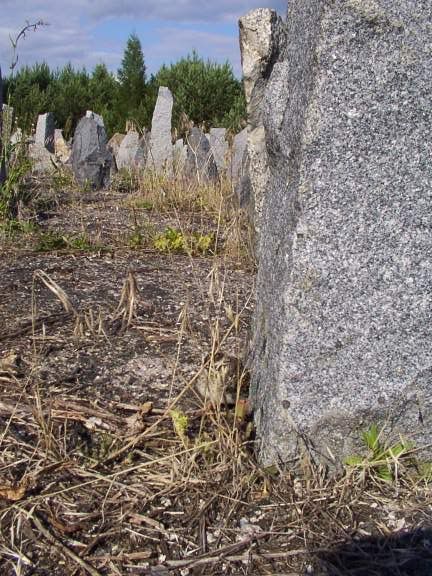
I walked a little further, only to discover that the pitiful sound came from a baby bird no larger than a golf ball. It had become lost in the forest of the stones and was hopping around pitifully looking for a way out.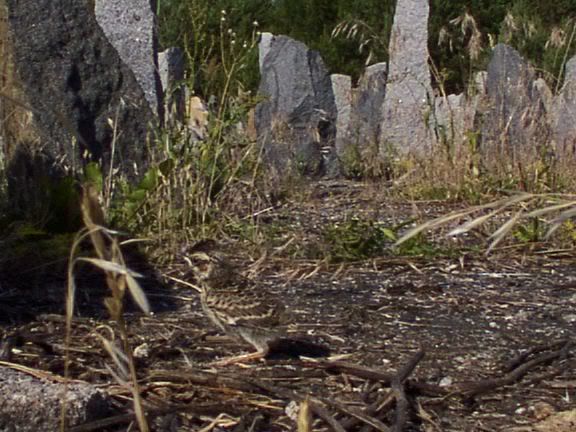
I watched it hop and call; a creature of God as incongruous as the 800,000 others who had desperately wanted freedom but instead received death. Yet after a few minutes, I heard a similar call coming from the real forest beyond the world of stones. The little bird recognized it too, and hopped toward the sound.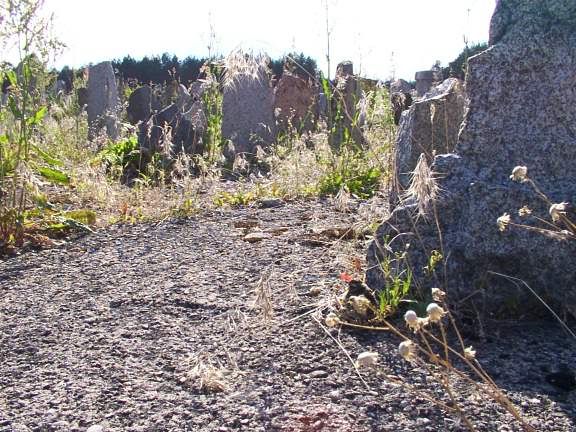
In this return of a bird to its family, I finally understood an idea that helped me come out of a tour of five depressing Nazi camps with my head held high. That one day at Treblinka was the culmination of a week of viewing sites showing depths of human depravity, yet it left me with a faith in the rebirth and circle of life that I still hold dear to this day. Sometimes when you’ve seen one, you haven’t seen them all.
comment!
EDIT: i added in some pictures.
Prompt: Evaluate a significant experience, achievement, risk you have taken, or ethical dilemma you have faced and its impact on you.
“If you’ve seen one, you’ve seen them all.” This saying felt so true to our tour group by the end of our weeklong visit to Holocaust sites in Poland that it was an unspoken group motto.
As part of a larger trip that brought Jewish teenagers through Poland before spending five weeks in Israel, we believed by the end of a week of visiting horrific places such as Auschwitz, the Warsaw Ghetto, and Maidanik that we had seen everything there was to see about the Holocaust. We used humor as our weapon to push back the immense grief and sadness that we encountered every day. Yet it was during a visit to the last extermination camp, Treblinka, that an incident occurred that dispelled my arrogance and became one of the most meaningful experiences of the entire six-week trip.
Treblinka held no places for labor or punishment, only chambers for death and fire pits for cremation of bodies. From 1942 until 1944, around 800,000 human beings deemed undesirable by the Nazis were brought to Treblinka’s wooded seclusion, gassed to death, and their bodies cremated. Yet a visitor to this camp immediately following the war’s end would have seen nothing more than a long row of concrete blocks leading up to a grassy field.
Walking alongside concrete blocks that held train tracks, we approached the former site of the camp.

The closer we got, the more we saw and the more we were stunned.

Sprouting out of the ground for acres all around were 17,000 stones: large and small, multi-colored and monochrome, standing alongside others

and standing alone.

When our guide told us that each single stone represented a community destroyed on the very ground on which we were walking, the sorrow of the place was palpable to us.

The contrast between the cold and sadness of the memorial and a delicate creature I saw there brought me to understand a lesson of rebirth and renewal. As I walked among the stones, I heard a small cry.

I walked a little further, only to discover that the pitiful sound came from a baby bird no larger than a golf ball. It had become lost in the forest of the stones and was hopping around pitifully looking for a way out.

I watched it hop and call; a creature of God as incongruous as the 800,000 others who had desperately wanted freedom but instead received death. Yet after a few minutes, I heard a similar call coming from the real forest beyond the world of stones. The little bird recognized it too, and hopped toward the sound.

In this return of a bird to its family, I finally understood an idea that helped me come out of a tour of five depressing Nazi camps with my head held high. That one day at Treblinka was the culmination of a week of viewing sites showing depths of human depravity, yet it left me with a faith in the rebirth and circle of life that I still hold dear to this day. Sometimes when you’ve seen one, you haven’t seen them all.
comment!
EDIT: i added in some pictures.